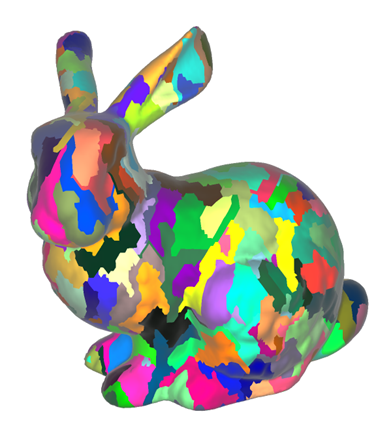Color me Dan
Regular
It's been roughly 6 years since the introduction of the first consumer cards with dedicated ray tracing hardware, and all of these years later we're finally seeing games that require it to work. I imagine that in another 6 years time we'll see massive gains to the ray tracing hardware, and increasingly modest development towards raster performance. So my questions are basically:
A) Will hardware and software reach "peak raster" in the near future? The point where progress basically halts for raster before silicon is increasingly dedicated strictly to ray tracing?
And B) what will happen to all the games produced that require raster hardware? Will future ray traced focused hardware retain, or be capable of emulating in software, features necessary to play them?
A) Will hardware and software reach "peak raster" in the near future? The point where progress basically halts for raster before silicon is increasingly dedicated strictly to ray tracing?
And B) what will happen to all the games produced that require raster hardware? Will future ray traced focused hardware retain, or be capable of emulating in software, features necessary to play them?

